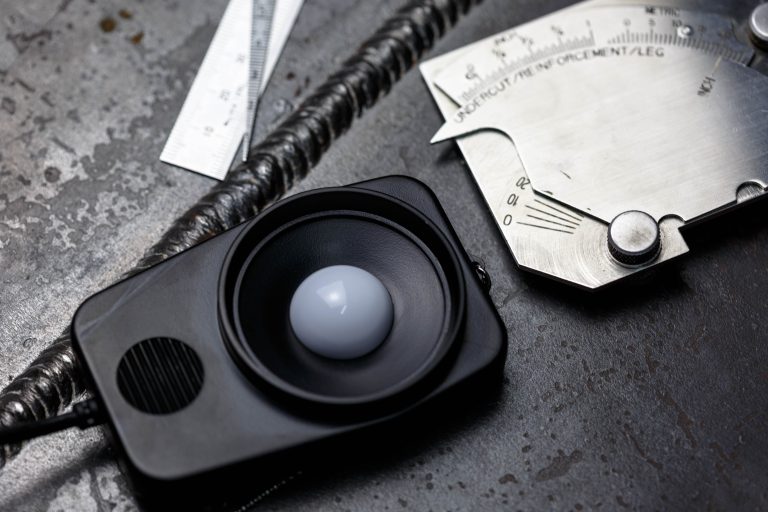Visual Testing (VT)
The integrity of most components are verified principally by visual testing. Even for components required to be inspected using other nondestructive testing methods, visual testing is by far the most important NDT method. Therefore, visual testing is of the first order of importance. Many codes and other standards require components to be accepted by visual testing prior to the performance of any other nondestructive testing method. The most extensively used of any method of nondestructive testing method, visual testing is easy to apply, quick, and often requires no special equipment other than good eyesight and some relatively simple and inexpensive tools compared to equipment needed for other NDT methods.
Despite the many advantages of visual testing, a major disadvantage is the need for an experienced inspector who has considerable experience and knowledge in many different areas which encompass visual testing. The VT technician must be familiar with materials, drawings, codes, specifications, weld procedures, performance qualification, procedure qualification requirements, workmanship standards, and all other aspects of good practice in shop and field.

Visual Testing Level I/II Course:
This training program was developed to instruct students on the fundamental basics of Visual Testing principles and theory. Students will be instructed in topics such as fundamentals of vision, lighting and material attributes, use of visual inspection tools and gauges, and visual testing procedures and codes.
This is an 24-hour course which satisfies the training hours needed for Level I and II certification in accordance with SNT-TC-1A and ANSI/ASNT CP-189.
Please contact for scheduling before purchasing the course. 218-851-8347
